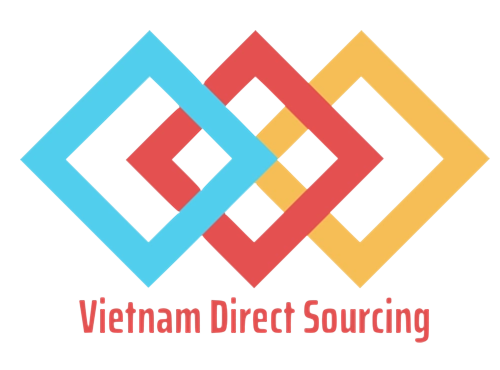





“China + 1” Strategy: Secure Your Supply Chain Before the Next Disruption

Supply chain disruptions have become a global reality, from trade wars to pandemics. As companies seek alternatives to reduce dependency on China, the China + 1 strategy has emerged as a popular solution. But why is Vietnam leading this charge?
Navigating a Shifting Landscape
As businesses navigate the complexities of a shifting global landscape, the China + 1 strategy has become a crucial approach for diversifying supply chains and mitigating risks. This strategy not only enhances flexibility but also strengthens resilience in an ever-changing market.
Understanding the China + 1 Strategy
The China + 1 strategy allows companies to maintain their operations in China while expanding into at least one additional country. This diversification is particularly appealing to industries reliant on China’s manufacturing capabilities, such as textiles, electronics, and automotive.
Why Vietnam?
Vietnam has rapidly emerged as the top alternative for the China + 1 strategy. Here’s why:
- Cost Advantage: Vietnam offers significant labor cost savings compared to China. According to QIMA, Vietnam continues to attract investment in labor-intensive sectors like apparel, footwear, and electronics.
- Strategic Trade Agreements: Agreements such as the CPTPP and EVFTA provide businesses with reduced tariffs and easier market access, positioning Vietnam as a central player in global trade.
- Skilled Labor Force: The quality of Vietnam’s workforce is high, with a young, skilled, and increasingly tech-savvy labor pool that allows companies to maintain production standards while keeping costs manageable.
- Political Stability: Vietnam’s political climate has been stable for years, making it an attractive destination for foreign direct investment (FDI).
Case Study: Major Companies Making the Shift

Several multinational companies, including Apple and Samsung, have already shifted significant portions of their supply chain operations from China to Vietnam. For instance, Apple moved the production of certain AirPods models to Vietnam in 2020, reflecting a growing trend of diversifying operations.
Beyond Cost Reduction
Beyond cost savings, Vietnam offers excellent logistics infrastructure, especially with its ports and proximity to key global markets like China, India, and Southeast Asia. This strategic location allows businesses to manage lead times more effectively, reducing shipping costs and transit times.
For a quick guide on navigating the logistics and legalities of sourcing from Vietnam, check Documents Required for Logistic Legalities in Vietnam.
Challenges of the China + 1 Strategy
However, the China + 1 strategy does come with challenges. Companies must navigate different regulatory environments, manage supplier relationships across countries, and ensure compliance with varied trade rules. Despite these hurdles, the long-term benefits, particularly in risk mitigation, outweigh the challenges.
Final Thoughts
The question remains: Is your business ready to embrace the China + 1 strategy and explore the opportunities that Vietnam offers? As we move forward, companies that adapt to this evolving landscape will be well-positioned for success.
As we approach the end of the year, it’s evident that the China + 1 strategy is not just a trend but a necessity for businesses aiming to enhance supply chain resilience. Vietnam stands out as a key player in this transformation, ready to support companies in navigating complexities and seizing new opportunities.
Learn more about this topic on our podcast!
Want to dive deeper into this subject? Check out our latest podcast on this subject on Spotify, where we explore this topic and so much more! Whether you're on the go or relaxing at home, tune in for insights, tips, and discussions that bring our blog topics to life.


Leave a comment
Your email address will not be published. Required fields are marked *